Three key takeaways:
- More than 8.3 million workers will get a raise starting January 1 as 19 states raise their minimum wages.
- For the first time, there will be more workers in states with a $15 or greater minimum wage than in states with the federal minimum of $7.25.
- Minimum wage increases are critical for improving affordability. State and federal policymakers should ensure wage floors meet the needs of all workers.
Nineteen states will increase their minimum wages on January 1, boosting earnings for more than 8.3 million workers by a total of $5 billion. In addition, 47 cities and counties will raise their minimum wages, adding to the number of workers likely to get larger paychecks because of lawmakers—or in some cases, voters—taking action to lift state and local wage floors.
Figure A
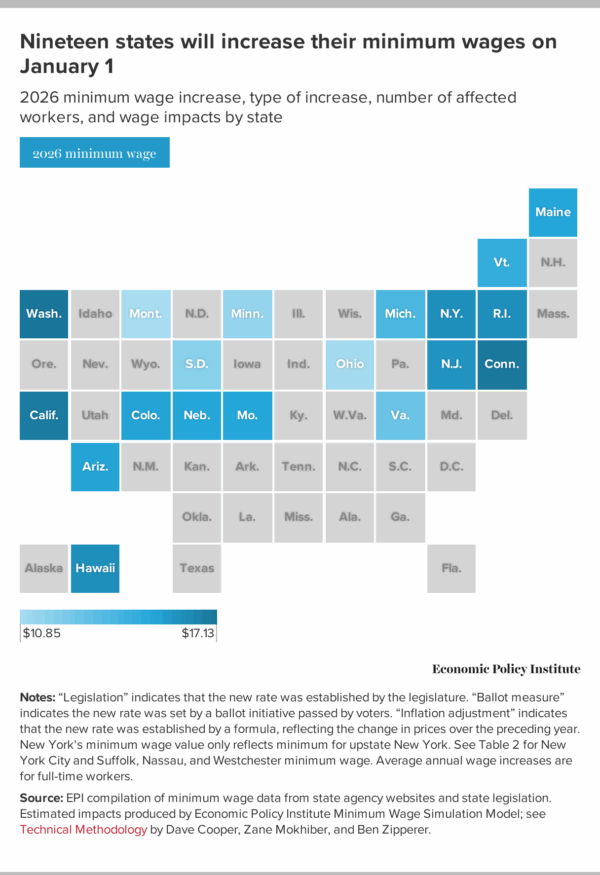
State minimum wage increases this January will boost wages for a broad range of working people and help shape a more equitable economy. Our estimates account for all affected workers: Both those directly receiving an increased minimum wage and those indirectly affected as employers adjust their wage ladders to the new wage floor. According to our analysis:
- Women make up the majority (58.1%) of affected workers.
- Black and Hispanic workers will disproportionately benefit. 10.7% of affected workers are Black, despite being 8.7% of the workforce in these states. Meanwhile, 38.3% of affected workers are Hispanic, despite being 19.8% of the overall workforce in these states.
- The vast majority (87.4%) of affected workers are adults, not teenagers.
- A quarter (25.3%) of affected workers are parents. 4.8 million children live in households with at least one worker receiving a pay increase.
- Nearly half (49.4%) are full-time workers and 41.4% have at least some college education.
- More than one in five (21.0%) affected workers have household incomes below the poverty line and 48.8% are within 200% of the poverty line.
Boosting the minimum wage is good affordability policy
Minimum wage increases are an essential tool for putting money in workers’ pockets. As concerns about rising prices and affordability dominate the news cycle, it is critical to recognize that “affordability” is a function of both prices and wages. And while prices in most cases are unlikely to decline significantly, policymakers can make decisions that boost wages for workers. In Hawaii, the minimum wage increase from $14.00 to $16.00 an hour will raise annual wages by $1,346 for a full-time worker (see Figure A). Missouri’s increase from $13.75 to $15.00 an hour will boost annual wages by $920 for a full-time worker.
Price increases are squeezing workers today because lawmakers for decades have made policy decisions that suppress workers’ pay, including allowing the federal minimum wage to stagnate. The federal minimum wage has not increased from $7.25 an hour in more than 15 years, during which time its value has eroded by more than 30%. In 2025, the federal minimum wage is below the poverty line, but it is still the law of the land in 20 states that have more than 60.2 million total workers (see Figure B).
Policymakers can protect the value of the minimum wage over time as prices increase. Many of the states with small wage increases in January, like Minnesota, are making annual inflation adjustments to their wage floor. Not only do these adjustments automatically protect workers’ purchasing power over time, they also provide predictability to employers, allowing them to anticipate and plan modest adjustments to worker pay each year. Despite the prudence of inflation adjustments, conservative policymakers in some states have still opposed it. In Missouri, Republican lawmakers stripped a successful minimum wage ballot measure of its indexing provision, leaving low-wage workers vulnerable to a weakening wage standard over time.
In 2026, more workers will live in a state with at least a $15 minimum wage than a $7.25 minimum wage
In the past decade, dozens of states have passed significant minimum wage increases to counteract federal inaction. In 2026, minimum wages in Arizona, Colorado, Hawaii, Maine, Missouri, and Nebraska will reach or exceed $15 an hour for the first time, meaning that a total of 17 states and Washington D.C. will reach that threshold. For the first time, there will be more workers living in a state with a $15 or higher wage floor than workers living in states still stuck at $7.25 (see Figure B). These increases have taken place in urban and rural states as well as politically “blue” and “red” ones. This milestone reflects the progress of the minimum wage movement over the past decade but also underscores the gap between how workers in some states are paid relative to their peers doing the exact same jobs elsewhere in the country. There are still 14 million workers earning less than $15 an hour who have been left behind because Republican lawmakers at both the federal and state level have denied them a raise.
Figure B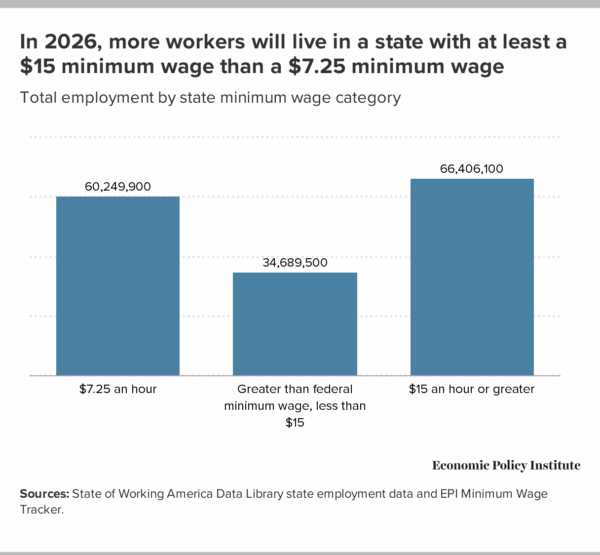
More states could pass a $15 minimum wage soon, despite interference from conservative policymakers. In 2020, Virginia passed legislation to reach a $15 minimum wage by 2026, but the law required reauthorization by the state legislature by July 2024. Republican Governor Glenn Youngkin repeatedly vetoed those planned increases. Governor-elect Abigail Spanberger has promised to support a minimum wage increase. In Oklahoma, Republican Governor Kevin Stitt delayed a vote on a 2024 $15 minimum wage ballot measure until June 2026.
These delays not only push back potential wage gains for workers, they also chip away at the value of those increases because of inflation. Because the Oklahoma policy is a ballot measure, the language cannot be adjusted to account for the lost time since 2024. However, policymakers in Virginia could enact a new minimum wage target that accounts for the higher-than-expected inflation since the pandemic. This would likely mean a minimum wage of $16.64 in 2026 or $17.02 in 2027.
Rising prices mean higher minimum wage targets are necessary throughout the country
Rising costs of living throughout the country will require policymakers to target minimum wages at higher levels than have been typical in recent years. When striking fast food workers in New York City sparked the Fight for $15 movement in 2012, the buying power of a $15 minimum wage was substantially higher than it is today. In 2025, a $15 minimum wage does not achieve economic security for working people in most of the country. This is particularly true in the highest cost-of-living cities. Table 1 compares the 2026 minimum wage and living wage for select metro areas across the country. The living wage standards are from EPI’s Family Budget Calculator (FBC), a measure of a modest yet adequate standard of living for families in each U.S. metro area and county. The living wage standards are for a single adult, assuming 81% of their total income is from wages.
The minimum wage does not exceed the FBC’s living wage in any county, but minimum wage increases make a significant difference for workers. Oklahoma City has the lowest living costs listed in the table, but the state minimum wage of $7.25 is only 42% of the living wage ($17.31). By comparison, Seattle will have a $21.30 minimum wage in 2026, almost 80% of the living wage in the metro despite its higher cost of living. Even outside of especially high-cost localities, strong minimum wage policies have set wage floors much closer to the living wage needs for workers. For instance, Missouri’s $15 minimum wage is 81% of the living wage in Kansas City, Mo. ($18.51).
Table 1
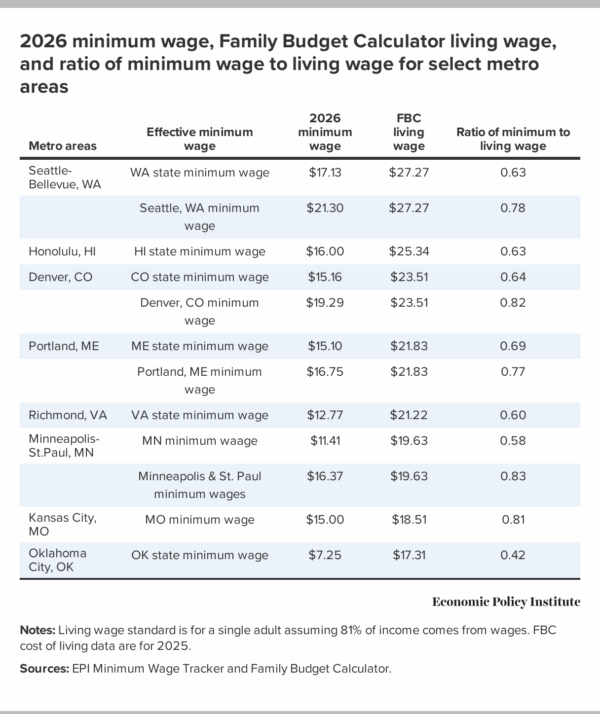
Workers are continuing to demand higher wages so that they can afford to live in the communities where they work. Hospitality workers in Los Angeles are poised to gain a $30 minimum wage, although the city council could water down the increases. The New York City mayoral campaign and new efforts in D.C. are also elevating ambitious minimum wage policies. As shown in Table 4, dozens of localities in Arizona, California, Colorado, and Washington are already implementing minimum wage targets above $17, $18, and $19 an hour. Seven localities in Washington will have minimum wages above $20 an hour.
Research has consistently shown that increasing the minimum wage remains a powerful tool for making the economy more equitable without causing job losses. The affordability crisis underlines how essential it is for federal, state, and local policymakers to take action so that workers are not left further behind, but lawmakers have taken relatively little new action on minimum wage policy in recent years. Of the 19 state increases this January, only two (Rhode Island and Michigan) are the result of policies passed in 2025. In addition, while Colorado, D.C., and Michigan all boosted their minimum wage this year, they also reinforced carve-outs for tipped workers. Even as millions of workers get raises this January, state and federal policymakers must do more to ensure their wage floors meet the needs of all workers.
Table 2
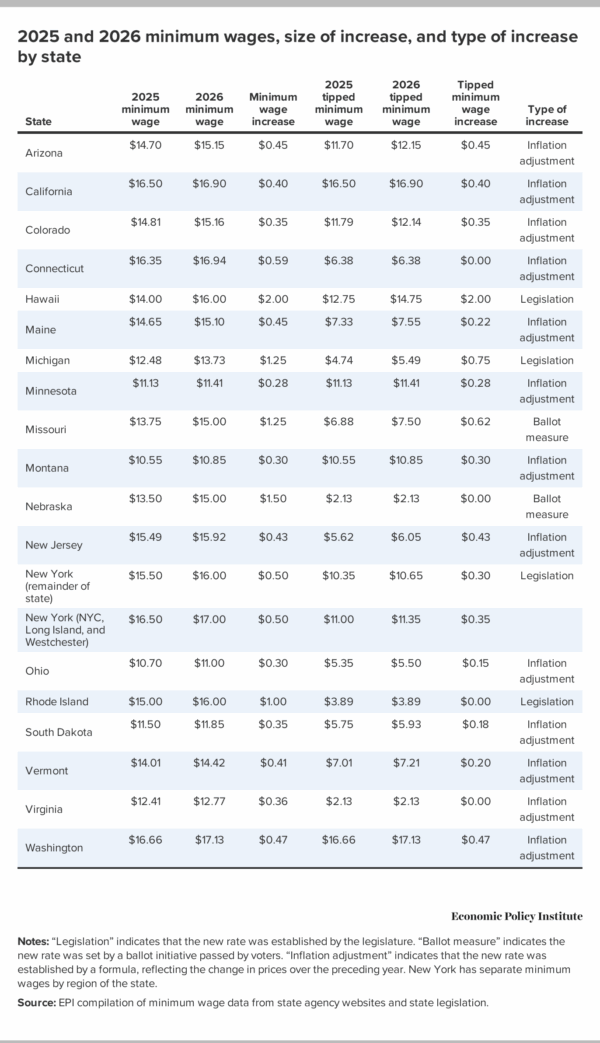
Table 3
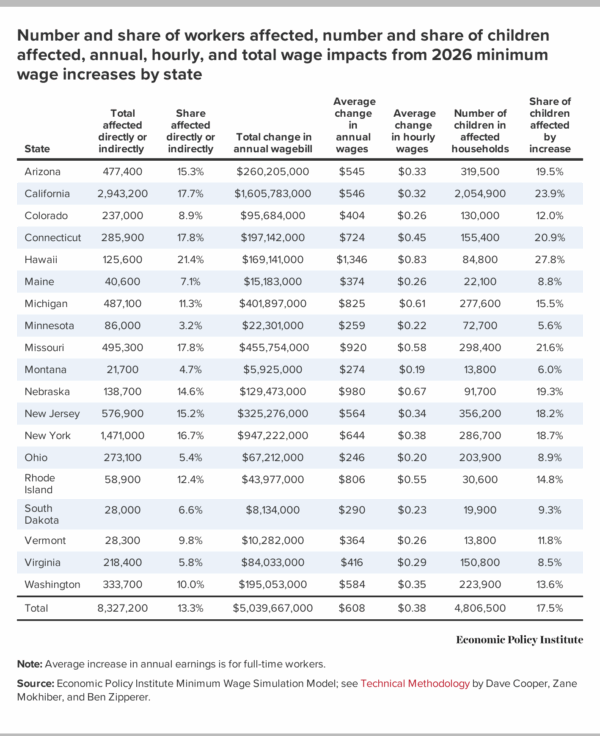
Table 4
 Note
Note
According to CBO CPI-U projections in January 2020, $15.00 in 2026 was equivalent to $13.00 in 2020. If we adjust $13.00 an hour to account for actual CPI-U increases and CBO projections for future growth (September 2025 projections), the equivalent value is $16.64 in 2026 or $17.02 in 2027.

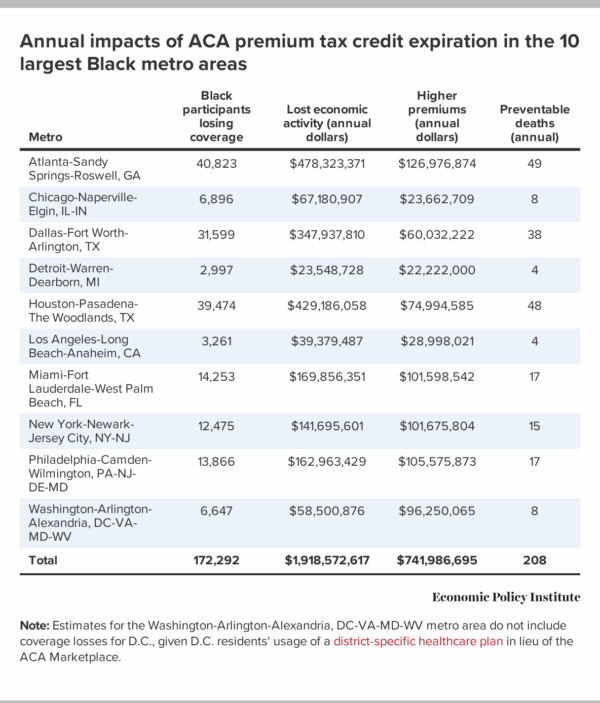

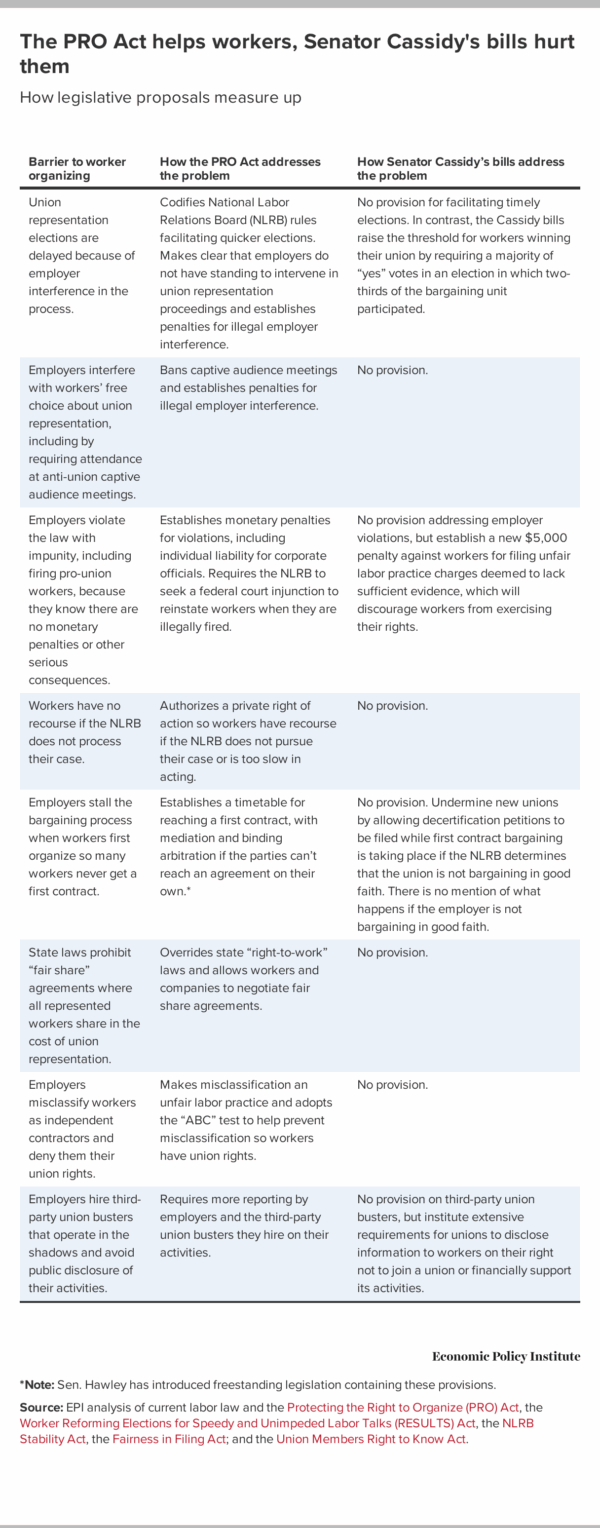





 Note
Note
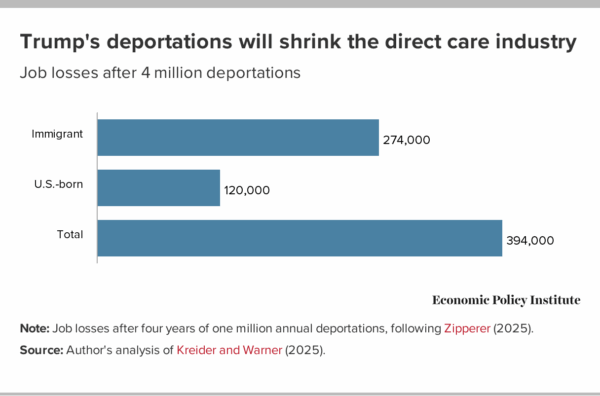
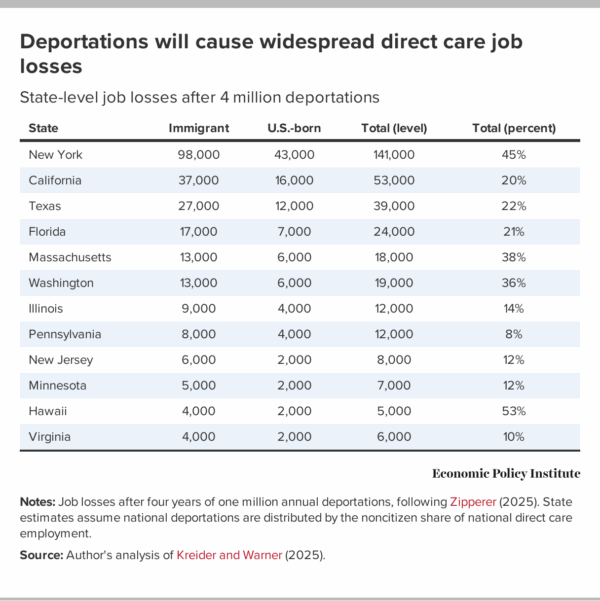
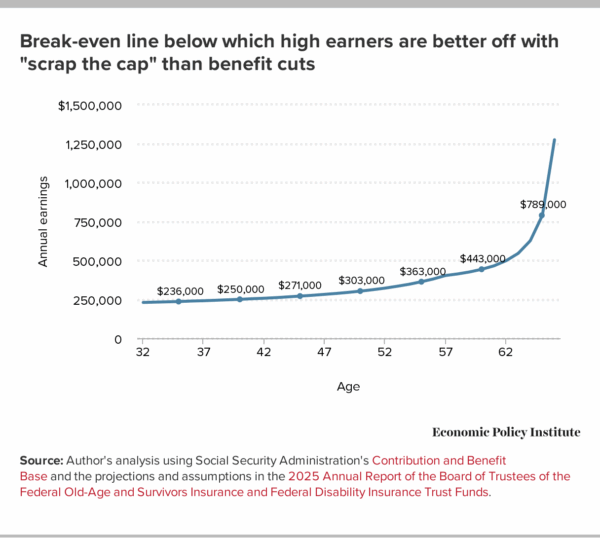
Recent comments